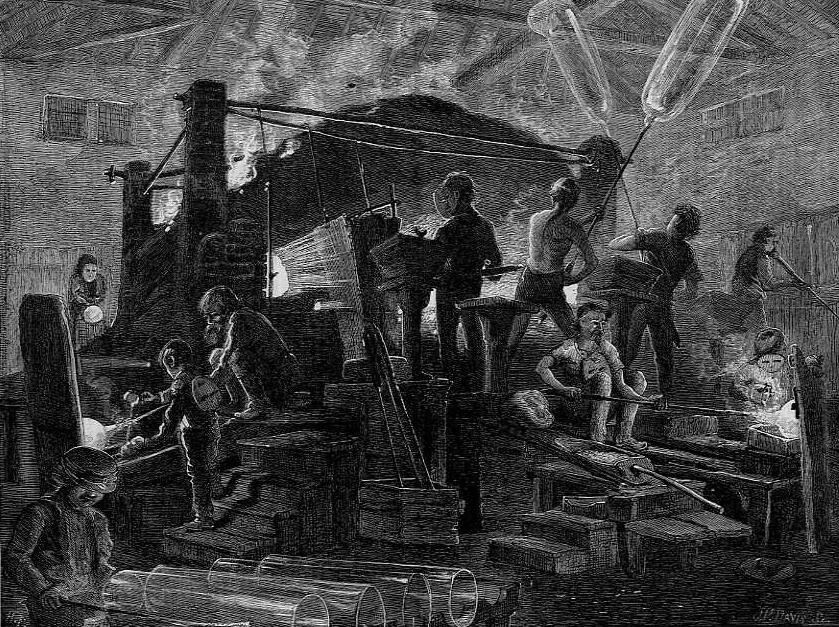HOW TO AUTHENTICATE A WORK OF ART ON PAPER USING FOXING AND REVERSE FOXING.
Art authentication can be tricky, especially with works on paper. A good place to start the authentication process is by looking for characteristics of degradation. Do you see discoloration spots or lightened spots? Looking for these traits can help confirm the suspected age of the work and offer clues to authenticity. When archiving too, this close attention to detail can bring valuable glimpses into the greater story of the artwork.
One topic that comes up often in the fine art world is the issue of “foxing”, or scattered spots on works of art. Foxing is a term used by conservators to describe the presence of spots on paper ranging in color from reddish-brown to black. As an art auction house, we get to see many different examples of foxing. What we can say for certain, despite popular belief that the sole cause is the acidity of the paper, is that the foxing has many causes, the acidity of the paper being just one.
The most mysterious variety of foxing or one could say its cunning counterpart is reverse foxing, which appears as the inverse. On some works on paper there appear to be spots much lighter in tone than the surrounding sheet. These lightened areas display a similar effect to foxing but the opposite. Given that there is little research done on reverse foxing, the cause is unknown. What has been observed of reverse foxing, also referred to as negative foxing, is that it tends to appear on specific types of paper. While conventional foxing can appear on virtually any type of paper, reverse foxing appears mostly on wove papers such as Van Gelder Zonen, Arches, or Ingres.
Paul Helleu (French, 1859 - 1927) Drypoint etching exhibiting reverse foxing.
In the above example by Helleu, a few areas of reverse foxing can be observed to the right of the figure. While technically in terms of value a negative, reverse foxing can be valuable in the authentication of works especially when evaluating the works of art of often forged artists like Helleu. As mentioned, reverse foxing has a tendency to appear on certain types of paper. If it is known that an artist had a preference for using a specific type of paper that has been shown to exhibit reverse foxing and reverse foxing is present on that particular work, knowing this can be an important clue when authenticating the work of art.
We can hypothesize that lightened areas may be the result of localized additives or residues that act as a resist and prevent areas from aging in the way that the rest of the surface does. It could also be possible that the way in which the artwork was displayed. In the case of the Helleu, the magnification of sunlight caused by the glass it was framed under caused the reverse foxing in the areas with concentrated UV sensitive acids in the artist’s favored papers. Given that works of art used to be displayed behind imperfect panes of glass, dimples or ridges in the glass may have focused light on specific areas of a work and caused accelerated bleaching in chemically unbalanced areas of the paper.
Most importantly, when authenticating a work of art on paper, keep in mind that art forgers often resist and struggle with aging and in particular foxing (especially reverse foxing), so paradoxically although these conditions are often considered a negative by collectors, their presence can help bolster the argument for the authenticity of a work of art on paper.



